Food Nano Encapsulation
Nanoencapsulation of Food Bioactive Ingredients Principles and Applications brings different nanoencapsulated food bioactive ingredients, their structure, applications, preparation, formulations and encapsulation methodologies, covering a wide range of compounds and giving detailed examples of the issues faced in their nanoencapsulation The book addresses findings related to the study of.
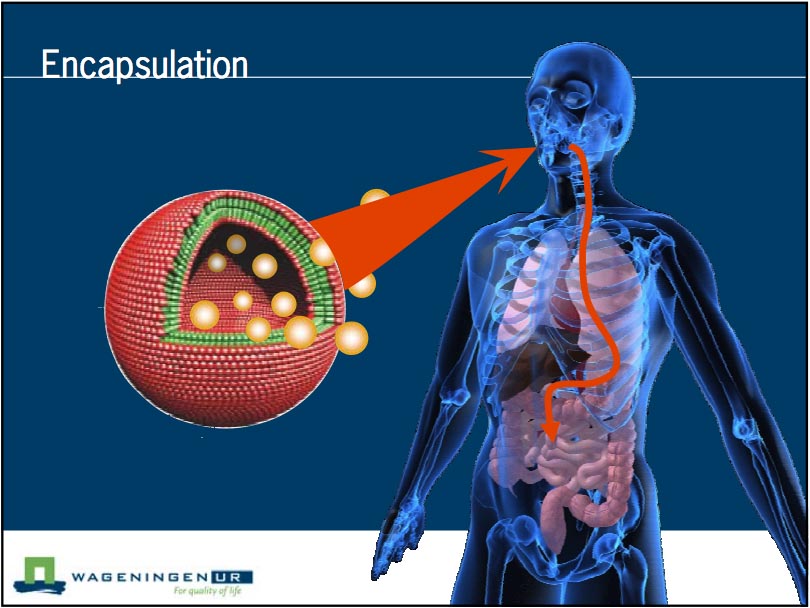
Food nano encapsulation. The Nanoencapsulation for Food Products market research report comprises an indepth analysis of this industry vertical with expert viewpoints on the previous and current business setup It carefully studies the vital aspects influencing the industry expansion such as growth drivers, challenges, and opportunities In addition, it defines the size and share of the market and its segments to. “Nano and microencapsulation of flavor in food systems,” in Nano and Microencapsulation for Foods, Chap 10, ed HS Kwak (Oxford John Wiley & Sons), 249–272 doi /ch10. Nano and microstructured assemblies for encapsulation of food ingredients Chemical Society Review, 38 (4), 902–912 CAS Article Google Scholar.
The protection and controlled release of bioactive compounds at the right time and the right place can be implemented by encapsulation Nanoencapsulation remains to be the one of the most promising technologies having the feasibility to entrap bioactive compounds. In the food science, the encapsulation technology has attracted the attention of food scholars and is a revolutionizing approach in the field of food nanotechnology This process comprises the inclusion of bioactive compounds in a coating known as the “wall material”. Nanotechnology is the technology applied in the manipulation of nanomaterials for several purposes, which plays a crucial role in the food and agriculture sectors, contributes to crop improvement, enhances the food quality and safety, and promotes human health through novel and innovative approaches Owing to the unique physical, chemical, and biological properties with large surface.
Welcome to Post COVID19 Sustainable Economy Nanoveda Solutions is an innovative company dedicated to integrate modern technologies like Nanotechnology, Ionization technology, Colloidal technology, Biotechnology and the latest encapsulation techniques to deliver green sustainable products for industries like the biosecurity, food, pharmaceutical, Ayurvedic, cosmetic, healthcare, agriculture. The report forecast global Nanoencapsulation for Food Products market to grow to reach xxx Million USD in 19 with a CAGR of xx% during the period 25 The report offers detailed coverage of Nanoencapsulation for Food Products industry and main market trends The market research includes historical and forecast market data, demand. Various techniques are available for the encapsulation of food ingredients into the micro or nano scale The methods include spray drying, spray chilling or spray cooling, freezedrying, fluidized bedcoating, extrusion, cocrystallization, emulsification, molecular inclusion, rotational suspension separation, and coacervation ( de Souza Simões et al, 17 ).
Welcome to Post COVID19 Sustainable Economy Nanoveda Solutions is an innovative company dedicated to integrate modern technologies like Nanotechnology, Ionization technology, Colloidal technology, Biotechnology and the latest encapsulation techniques to deliver green sustainable products for industries like the biosecurity, food, pharmaceutical, Ayurvedic, cosmetic, healthcare, agriculture. Nano emulsions and nano encapsulation of. In the current investigation, nanoencapsulation of carvacrol was carried out according to the modified method of Mahmoud et al 15 and Terjung, et al 18 using homogenization model in a.
NanoEncapsulated Food Additives An Emerging Area Nanoencapsulation A Comparison with Conventional Encapsulation Technologies Journey to Commercialization A Focus on Few Nanoencapsulation. Nanoencapsulation Technologies for the Food and Nutraceutical Industries is a compendium which collects, in an easy and compact way, stateoftheart details on techniques for nanoencapsulation of bioactive compounds in food and nutraceutical industries The book addresses important modern technologies, including biopolymer based nanoparticle formation techniques, formulation based processes, such as nanoliposomes and nanoemulsions, process based nanoencapsulation, such as electro. NanoEncapsulation Application in Food Technology Nanoencapsulation is the process of trapping extremely small particles within a coating or matrix More specifically it is a technique in which small particles or droplets of a solid, liquid, or gas is entrapped within another substance.
Techniques for nanoencapsulation of food ingredients C Anandharamakrishnan Nanoencapsulation has the potential to improve human health through its capacity to both protect bioactive compounds and release them at a specific time and location into various substances,. Today, nano and microencapsulation are increasingly being utilized in the pharmaceutical, textile, agricultural and food industries Microencapsulation is a process in which tiny particles or droplets of a food are surrounded by a coating to give small capsules. We offer a full range of contract manufacturing services including blending, granulation, tablet compression, tablet coating, twopiece hardshell gelatin encapsulation, soft gelatin encapsulation, and tea bagging.
Introducing nano/microencapsulated bioactive ingredients for extending the shelflife of food products The shelflife of foods is affected by several aspects, mainly chemical and microbial events, resulting in a considerable decline in consumer's acceptance There is an increasing interest to substitute synthetic preservatives with the plantbased bioactive ingredients which are safe and natural. According to Vic Morris, a nano expert at the IFR, this technique in a larger form, microencapsulation, was well established in the food industry The major difference with nanoencapsulation was. Goals / ObjectivesA novel technique to produce coreshell spheroidal assemblies at the nano and microscale is proposed to encapsulate food additives and agrochemicals Project MethodsThe method, which is chiefly based on a physical instead of a chemical structuredirecting event, is believed to be very general.
Nano emulsions and nano encapsulation of. This tutorial review provides an overview of the science of food materials and encapsulation techniques that underpin the development of delivery vehicles for functional food components, nutrients and bioactives Examples of how the choice of materials, formulation and process affect the structure of micro and nanoencapsulated ingredients and the release of the core are provided. Nanoencapsulation of food ingredients is one of the important applications of food nanotechnology Nanoencapsulation is a technique used to produce nanocapsules from core materials packed within a.
Nano/microencapsulation is a technology that can overcome these challenges A systematic review on the recent progresses in nano/microdelivery systems to encapsulate fucoxanthin in foods or nutraceuticals is warranted This article starts with a brief introduction of fucoxanthin and the challenges of oral delivery of fucoxanthin. In particular, an overview of the formulation and delivery challenges associated with vitamins is discussed and the encapsulation of vitamins targeted for food applications is critically reviewed Colloidal encapsulation generally encompasses a broad range of techniques mainly dealing with the sub‐micron (or nano) scale systems but microscale. Nanotechnology is the manufacture, use of materials and structures at the nanometer scale (a nanometre is one millionth of a millimetre) It offers a wide range of opportunities for the development of innovative products and applications in food system Food quality monitoring using biosensors intelligent, active and smart food packaging systems;.
It has been shown that the welldesigned encapsulation systems, finally, boost the shelflifepromoting functions of the bioactive ingredients, mostly due to enhancing their solubility, homogeneity in food matrices and contact surface with deteriorative agents, and providing their prolonged presence over food storage and processing via. Nano emulsions and nano encapsulation of bioactive food compounds are some examples of emerging applications of nanotechnology in the food sector. Ghorbanzade T, Jafari SM, Akhavan S, Hadavi R (17) Nanoencapsulation of fish oil in nanoliposomes and its application in fortification of yogurt Food Chem –152 CAS Article Google Scholar.
Nanoencapsulation—encapsulation in the submicron region—has the potential to protect sensitive bioactive food ingredients from unfavorable environmental conditions, alleviate incompatibilities, enhance solubilization, improve taste and odor masking, and lastly enhance bioavailability of poorly absorbable function ingredients. Get this from a library!. Nano and microencapsulation technology is a very promising area in food industry which will have a great impact on a wide variety of products including functional foods, packaging, preservatives.
Micro and nano encapsulation, retention and controlled release of flavor and aroma compounds A critical review Author Islam Shishir, Mohammad Rezaul, Saifullah, Md, Shishir, Mohammad Rezaul Islam, Ferdowsi, Rayhana, Tanver Rahman, Md Ramim, Van Vuong, Quan Source Trends in food science & technology 19 v86 pp ISSN Subject. S Yurdugul, MR MozafariRecent advances in micro and nanoencapsulation of food ingredients Cellular and Molecular Biology Letters, 9 (04), pp 6465 Google Scholar. Nano and microencapsulation technology is a very promising area in food industry which will have a great impact on a wide variety of products including functional foods, packaging, preservatives.
Food quality monitoring using biosensors intelligent, active and smart food packaging systems;. In recent years, many efforts have been made towards the application of nanotechnology in sustainable food production In this context, the bioencapsulation process has taken prominence in particular as an ecofriendly method for pest control while reducing the pesticide load in the environment considerably. Nanoencapsulation of food ingredients is one of the important applications of food nanotechnology Nanoencapsulation is a technique used to produce nanocapsules from core materials packed within a.
Conclusion Nanotechnology, nanoscience and nanobiotechnology are concerned with the understanding and rational manipulation of materials at the atomic and molecular levels In its widest sense, nanotechnology is a natural part of food processing and conventional foods because the characteristic properties of many foods rely on nanometre sized. Food encapsulation market is expected to reach USD 778 million by 27 growing at a growth rate of 735% in the forecast period to 27 (Microencapsulation, Nano Encapsulation, Hybrid. The global Nanoencapsulation for Food Products market is presently growing at a rate of xx percent The study provides insights into the factors that exercise some influence on the CAGR These factors include environmental factors, government policies, and investment in innovation, among others, that influence the growth and development of the.
Nanotechnology is the technology applied in the manipulation of nanomaterials for several purposes, which plays a crucial role in the food and agriculture sectors, contributes to crop improvement, enhances the food quality and safety, and promotes human health through novel and innovative approaches Owing to the unique physical, chemical, and biological properties with large surface. Today, nano and microencapsulation are increasingly being utilized in the pharmaceutical, textile, agricultural and food industries Microencapsulation is a process in which tiny particles or droplets of a food are surrounded by a coating to give small capsules These capsules can be imagined as ti. Nanotechnology can improve food quality, healthfulness, shelf life, and online monitoring of food products Recently developed techniques in nanotechnology can help us understand changes that occur during food processing (Chaudhry et al 08, Cushen et al 12, Weidemaier et al 15) Nanoscience is growing every day because of newly.
Micro and nano encapsulation, retention and controlled release of flavor and aroma compounds A critical review Author Islam Shishir, Mohammad Rezaul, Saifullah, Md, Shishir, Mohammad Rezaul Islam, Ferdowsi, Rayhana, Tanver Rahman, Md Ramim, Van Vuong, Quan Source Trends in food science & technology 19 v86 pp ISSN Subject. Nano and microencapsulation technology is a very promising area in food industry which will have a great impact on a wide variety of products including functional foods, packaging, preservatives. Nanoencapsulation of food ingredients is one of the important applications of food nanotechnology Nanoencapsulation is a technique used to produce nanocapsules from core materials packed within a.
Nanoencapsulation Technologies for the Food and Nutraceutical Industries is a compendium which collects, in an easy and compact way, stateoftheart details on techniques for nanoencapsulation of bioactive compounds in food and nutraceutical industries. Clark JP, Doona CJ (15) (Institute of Food Technologists Series) Anandharamakrishnan C, Ishwarya, S (15) Padmaspray drying techniques for food ingredient encapsulation WileyBlackwell, Hoboken Danie Kingsley J, Ranjan S, Dasgupta N, Saha P (13a) Nanotechnology for tissue engineering need, techniques and applications. It has been shown that the welldesigned encapsulation systems, finally, boost the shelflifepromoting functions of the bioactive ingredients, mostly due to enhancing their solubility, homogeneity in food matrices and contact surface with deteriorative agents, and providing their prolonged presence over food storage and processing via increasing the thermal and processing stability of bioactive compounds, as well as controlling their release on food surfaces, or/and within food packages.
Nanoemulsions made from foodgrade ingredients are used extensively in the food industry to protect, encapsulate, and deliver lipophilic functional components such as oilsoluble vitamins, preservatives, and nutraceuticals, and biologically active lipids. Nanotechnology in the Food Sector Present and Future Rising Popularity of Nano and MicroEncapsulation Issues Marring Nanoencapsulation Safety Issues A Major Concern. Impact of Covid 19 on the Nanoencapsulation for Food Products market in in depth research on prices , stocks , volume and growth , latest news and results , expansion plan , current business strategy , key company , sales , revenue and competition , production and consumption , supply and demand , industry and business studies , impact of Covid 19 buyers and sellers and forecast for.
Nanotechnology is the manufacture, use of materials and structures at the nanometer scale (a nanometre is one millionth of a millimetre) It offers a wide range of opportunities for the development of innovative products and applications in food system Food quality monitoring using biosensors intelligent, active and smart food packaging systems;. Micro/Nano Encapsulation of Active Food Ingredients (ACS Symposium Series) 1st Edition by Qingrong Huang (Editor), Peter Given (Editor), Michael Qian (Editor) & 0 more ISBN13. “Nano and microencapsulation of flavor in food systems,” in Nano and Microencapsulation for Foods, Chap 10, ed HS Kwak (Oxford John Wiley & Sons), 249–272 doi /ch10.
Today, nano and microencapsulation are increasingly being utilized in the pharmaceutical, textile, agricultural and food industries Microencapsulation is a process in which tiny particles or droplets of a food are surrounded by a coating to give small capsules These capsules can be imagined as tiny uniform spheres, in which the particles at the core are protected from outside elements by the protective coating. Encapsulation is a recognized method to enhance enzymatic stability, but it can increase substrate diffusion resistance, lower catalytic rates, and increase the apparent halfsaturation constants Here, we report an effective approach for boosting enzymatic stability by singlestep packaging into vault nanoparticles. Micro and nanoencapsulation (one nanometer = meter) of food additives is an active R&D area The release characteristics and protective properties of the encapsulant need to be tailored to specific industrial needs on a casebycase basis Nanotechnoly strategies as the one proposed in this study, have the potential to fulfill these industrial needs.
NanoEncapsulated Food Additives An Emerging Area Nanoencapsulation A Comparison with Conventional Encapsulation Technologies Journey to Commercialization A Focus on Few Nanoencapsulation. According to the Future Market Insights market report titled ‘Food Encapsulation Market GCC Industry Analysis and Opportunity Assessment 14,’ the revenue generated from food encapsulation was valued at over US$ 3,2522 Mn in 14, which is projected to increase at a CAGR of 94% during the forecast period (15–) In the global food encapsulation market, companies across the. HaeSoo Kwak is a Professor in the Department of Food Science and Technology, and Dean of the Graduate School of Industryat Sejong University in Seoul, KoreaDr Kwak has devoted his research career in nano and microencapsulation, nanoparticles in food, and dairy products research for the past 25 years, publishing more than 450 revered journal articles, book chapters, patents, invited papers.
Nanoencapsulation Technologies for the Food and Nutraceutical Industries is a compendium which collects, in an easy and compact way, stateoftheart details on techniques for nanoencapsulation of bioactive compounds in food and nutraceutical industries The book addresses important modern technologies, including biopolymer based nanoparticle formation techniques, formulation based processes. Today, nano and microencapsulation are increasingly being utilized in the pharmaceutical, textile, agricultural and food industries Microencapsulation is a process in which tiny particles or droplets of a food are surrounded by a coating to give small capsules These capsules can be imagined as tiny uniform spheres, in which the particles at the core are protected from outside elements by the protective coating. Micro/nanoencapsulation systems containing VEOs can be used as a proper technology to produce functional foods These encapsulation systems can provide many advantages including sustained release, prevent undesirable interaction, high stability, high bioavailability, and high antimicrobial and antioxidant activity of target VEOs during food storage.
Nutrition Goes Nano The Future Of Vitamin Delivery Inside Food Issue 30 April 19

Nanoencapsulation Of Food Ingredients By Specialized Equipment Volume 3 Volume 3 In The Nanoencapsulation In The Food Industry Series By Seid Mahdi Jafari
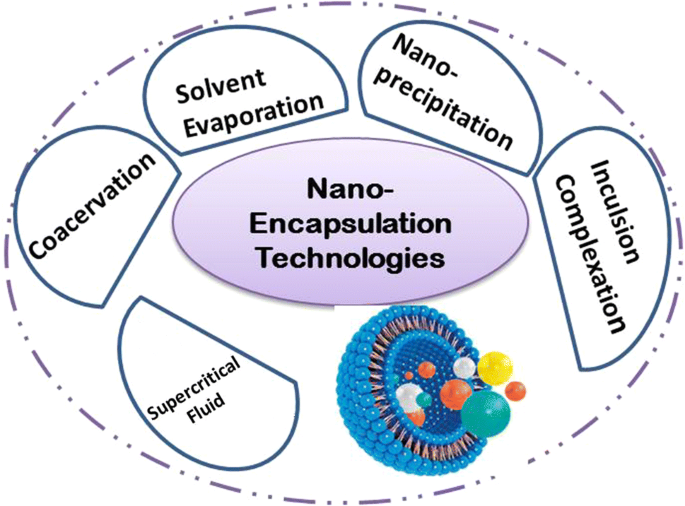
Methods For Nanoemulsion And Nanoencapsulation Of Food Bioactives Springerlink
Food Nano Encapsulation のギャラリー

Nanostructured Colloids In Food Science Intechopen
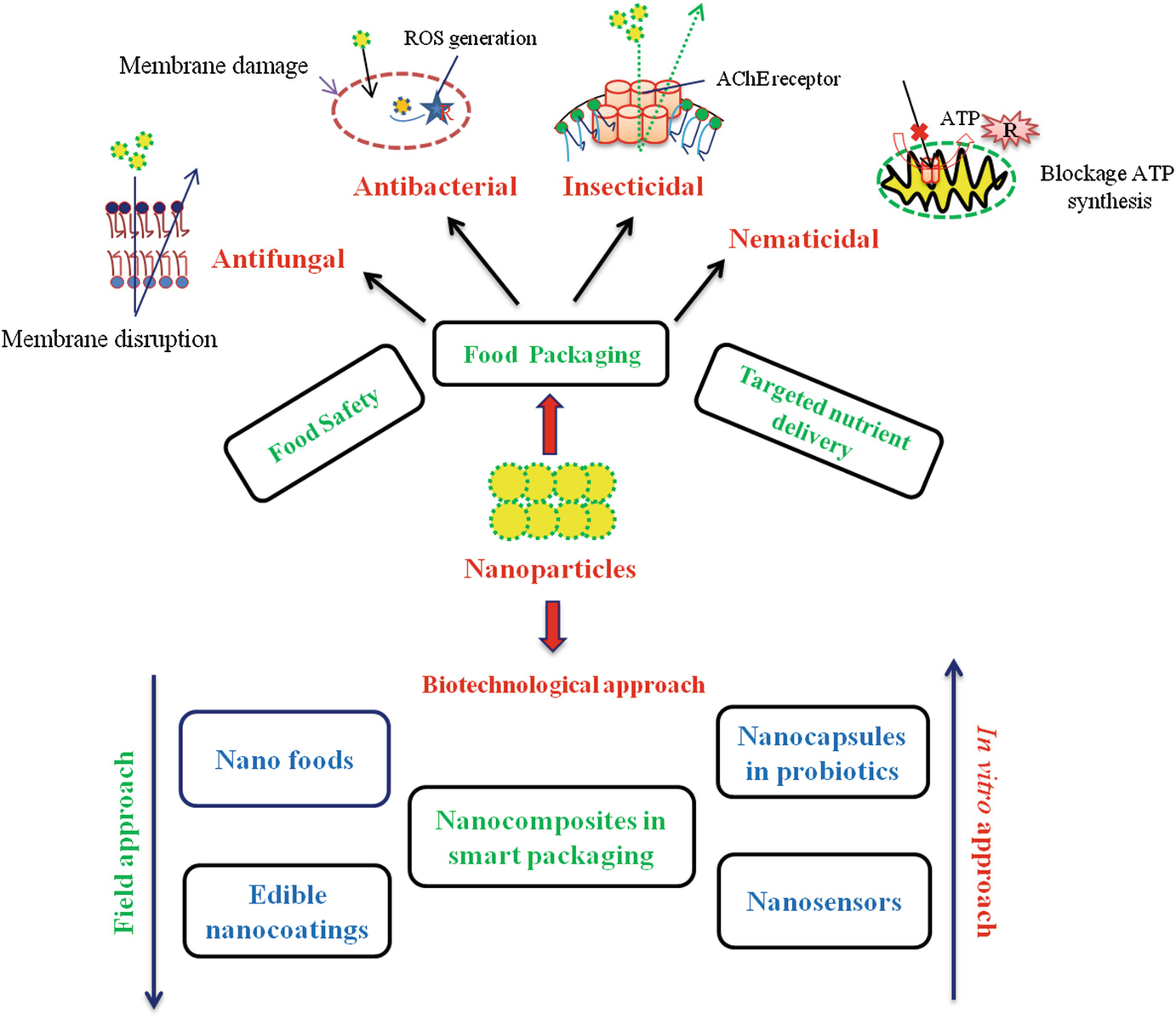
Nanoencapsulation Technology Boon To Food Packaging Industries Springerlink

Nanoencapsulation Techniques For Food Bioactive Components A Review Emulsion Nanotechnology

Nanoencapsulation Solves Formulation Problems With Bioactives Figlobal Com
.jpg)
Nanoencapsulation Techniques Terms And Applications

Applications Of Nanoencapsulation Technology In The Food Industry Download Scientific Diagram

From Micro To Nano A Background To Nanotechnology In Food Packaging Progress In Nanomaterials For Food Packaging

Nanoencapsulation Stabilises Anthocyanins For Food And Beverage Use China Researchers Reveal

Nanoencapsulation Of Food Antimicrobial Agents Nanoencapsulation Of Antimicrobials Through Lipid Formulation Techniques Nanoemulsions Nanoencapsulation Of Food Bioactive Ingredients Principles And Applications

Application Of Nano Microencapsulated Ingredients In Food Products Nanoencapsulation In The Food Industry Book 6 1 Amazon Com
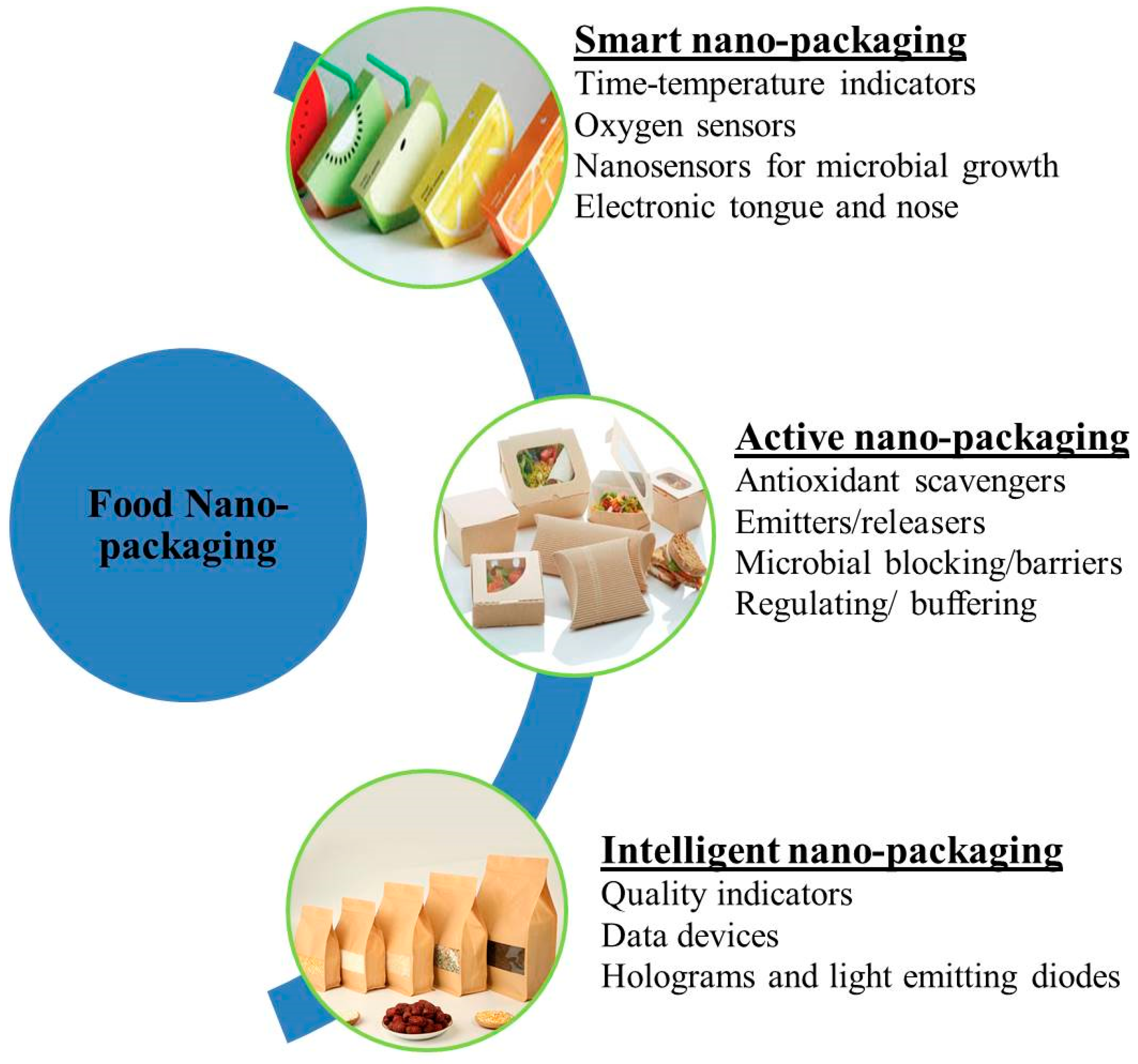
Foods Free Full Text An Overview Of The Applications Of Nanomaterials And Nanodevices In The Food Industry Html

Global Food Nanoencapsulation Market Research Report World Today News
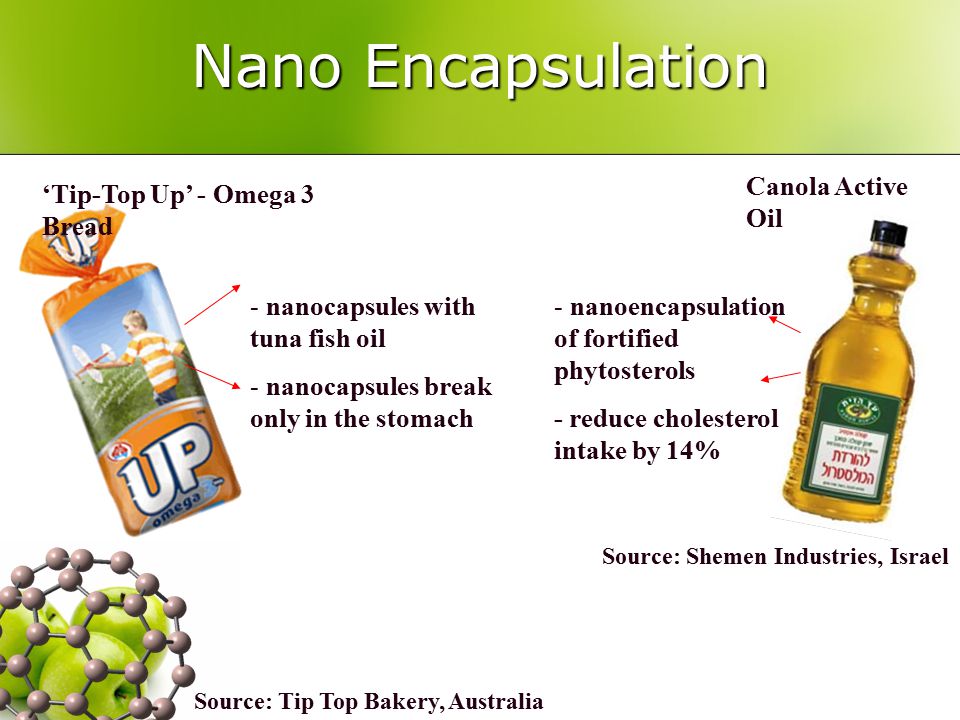
Nanofood As Weapons Of Mass Destruction Ppt Video Online Download

Release And Bioavailability Of Nanoencapsulated Food Ingredients Ebook By Seid Mahdi Jafari Rakuten Kobo United States

Nanoencapsulation In The Food Industry Scribd
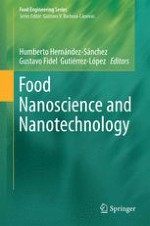
Lipid Matrices For Nanoencapsulation In Food Liposomes And Lipid Nanoparticles Springerprofessional De

Facets Of Nanotechnology As Seen In Food Processing Packaging And Preservation Industry

Nanoencapsulation In The Food Industry Ser Characterization Of Nanoencapsulated Food Ingredients Trade Paperback For Sale Online Ebay

Nanoscience And Nanotechnology In Foods And Beverages 1st Edition
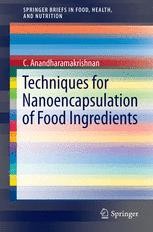
Techniques For Nanoencapsulation Of Food Ingredients Springerprofessional De

Pdf Micro And Nano Encapsulation In Food Industry Semantic Scholar
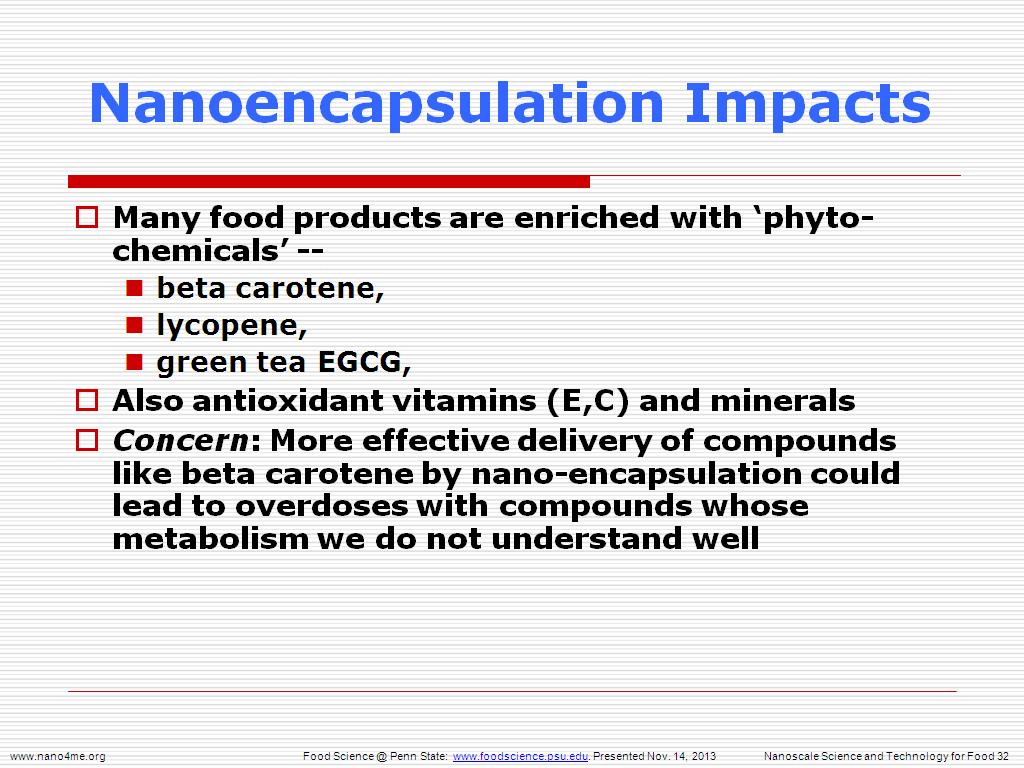
Nanohub Org Resources Nanoscale Science Technology For Food Watch Presentation

Nanotechnology Global Food Safety

Nanoencapsulation For Food Products Global Market Trajectory Analytics

Food Nano Encapsulation Market Size Outlook 27 Top Companies Trends Growth Factors Details By Regions Types And Applications focus

Review Highlights Potential Of Nano Delivery Systems For Nutraceuticals In Foods
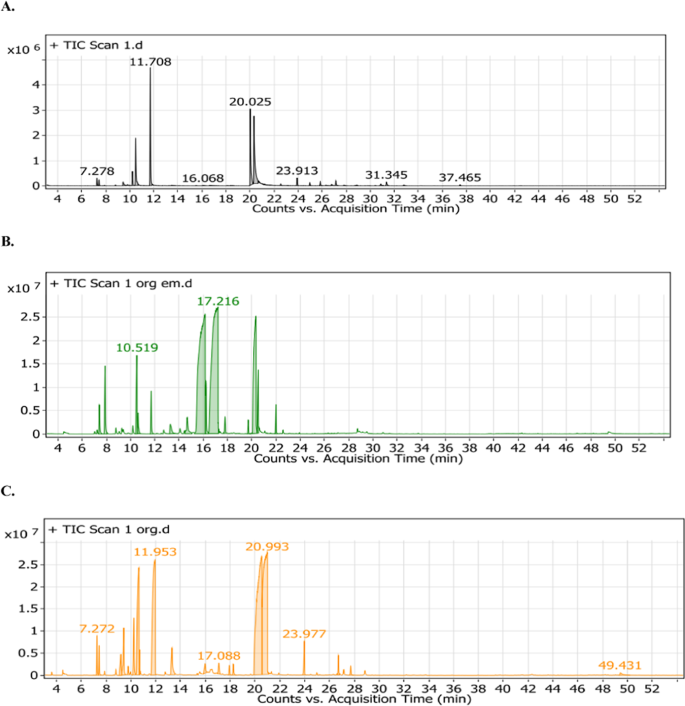
Effect Of Nanoencapsulation On Volatile Constituents And Antioxidant And Anticancer Activities Of Algerian Origanum Glandulosum Desf Essential Oil Scientific Reports
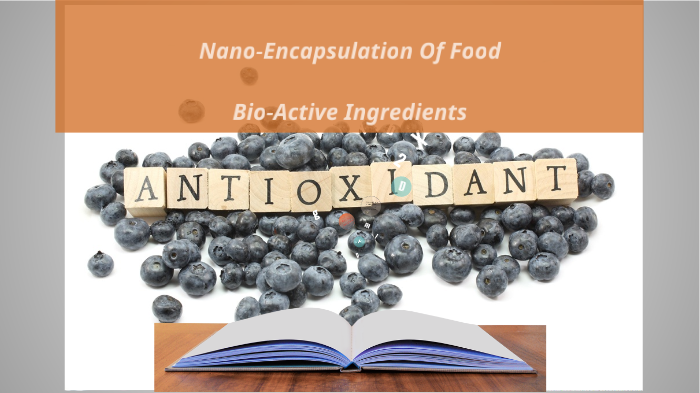
Nano Encapsulation Of Food Bioactive Ingredients By Shaymaa Zayed

Foods Free Full Text An Overview Of The Applications Of Nanomaterials And Nanodevices In The Food Industry Html
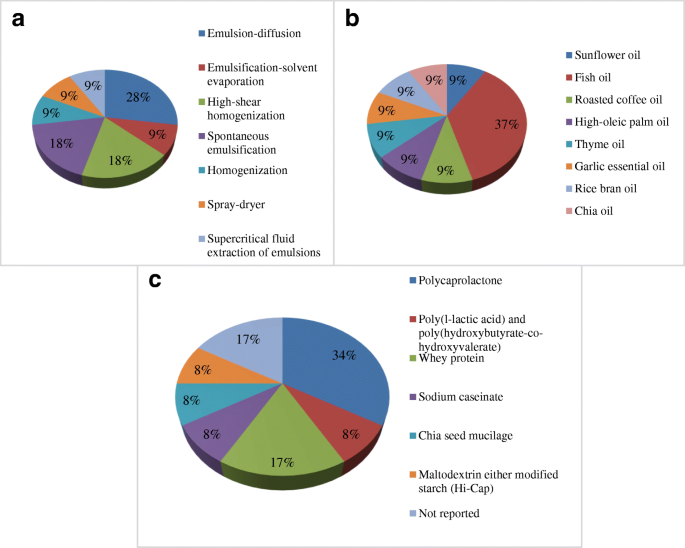
Oil Nanoencapsulation Development Application And Incorporation Into The Food Market Nanoscale Research Letters Full Text
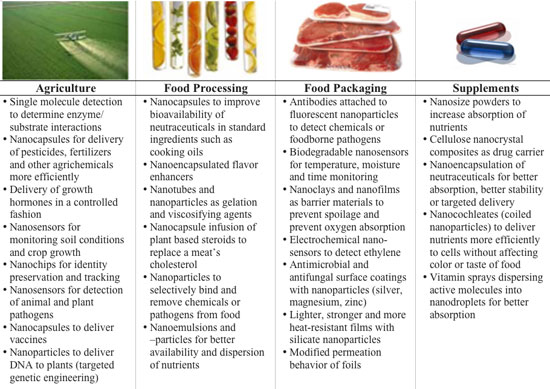
Nanotechnology In Food
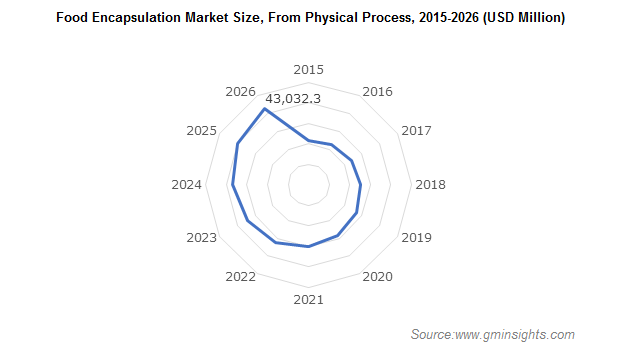
Food Encapsulation Market Trends 26 Global Report

Applications Of Nanotechnology In Food Processing And Packaging Ppt Download
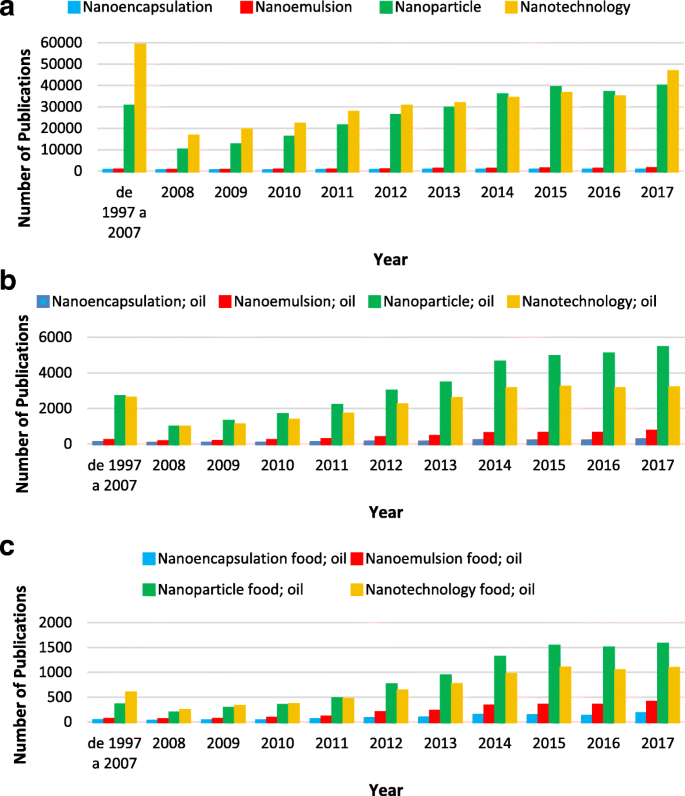
Oil Nanoencapsulation Development Application And Incorporation Into The Food Market Nanoscale Research Letters Full Text

Wall Materials Used In Nanoencapsulation Of Food Ingredients Download Scientific Diagram
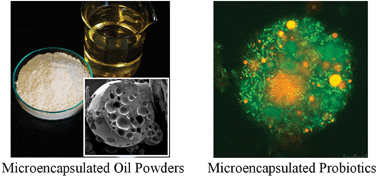
Nano And Micro Structured Assemblies For Encapsulation Of Food Ingredients Chemical Society Reviews Rsc Publishing

Nano For Food Life Science

Israeli Team Conquers Cloudy Drinks Problem With New Nutraceutical Nano Encapsulation Method

Nanotechnology In Food Industry And Its Applications 978 3 659 4 By Taha El Lithy Hassan Barakat

Nutrient Delivery Through Nanoencapsulation Sciencedirect
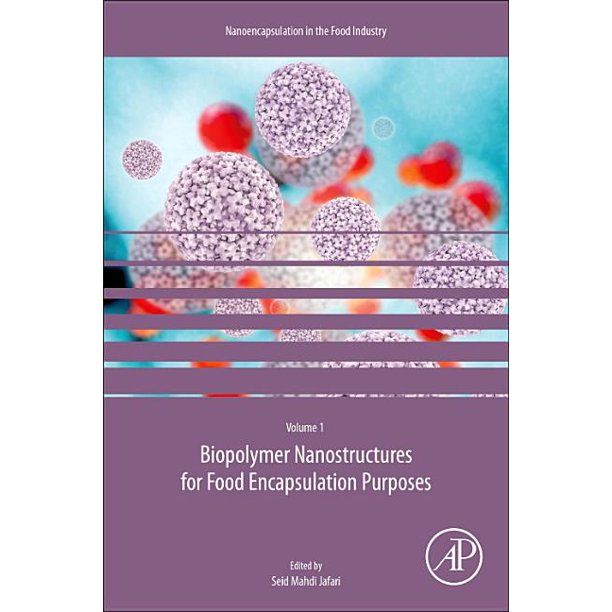
Nanoencapsulation In The Food Industry Volume 1 Biopolymer Nanostructures For Food Encapsulation Purposes Volume 1 Volume 1 In The Nanoencapsulation In The Food Industry Series Series 1 Paperback Walmart Com Walmart Com
Full Article A Systematic Review On Nanoencapsulation Of Food Bioactive Ingredients And Nutraceuticals By Various Nanocarriers
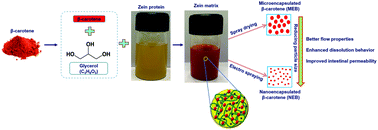
Micro And Nano Encapsulation Of B Carotene In Zein Protein Size Dependent Release And Absorption Behavior Food Function Rsc Publishing
.jpg)
Nanoencapsulation For Nutrient Delivery

Nanotechnology And Food

Food Nano Encapsulation Market Industry Analysis Size Share Strategies And Forecast To 27 The Daily Chronicle
Micro Nano Encapsulation Of Active Food Ingredients Qingrong Huang Peter Given Michael Qian Oxford University Press

Nanoencapsulation Of Food Bioactive Ingredients Principles And Applications 1 Jafari Seid Mahdi Amazon Com

Iso 200 Resource Center Nanotechnology In Food Safety Ii

Nanoencapsulation And Nanoemulsions Preparation And Applications In The Food Industry Taylor Francis Group
.jpg)
Nanoencapsulation For Nutrient Delivery
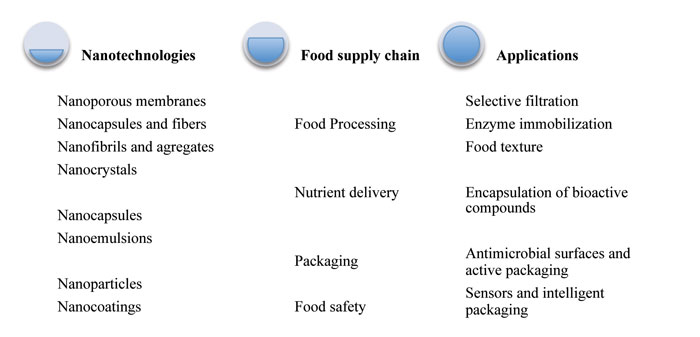
Nanotechnology In The Food Industry Plenty Of Room To Innovate New Food Magazine

Nanotechnology In Food Industry And Its Applications Food Processing Smart Packaging Bio Film Bio Nanotechnology Nano Encapsulation And Nano Emulsion El Lithy Taha Barakat Hassan Amazon Com Books
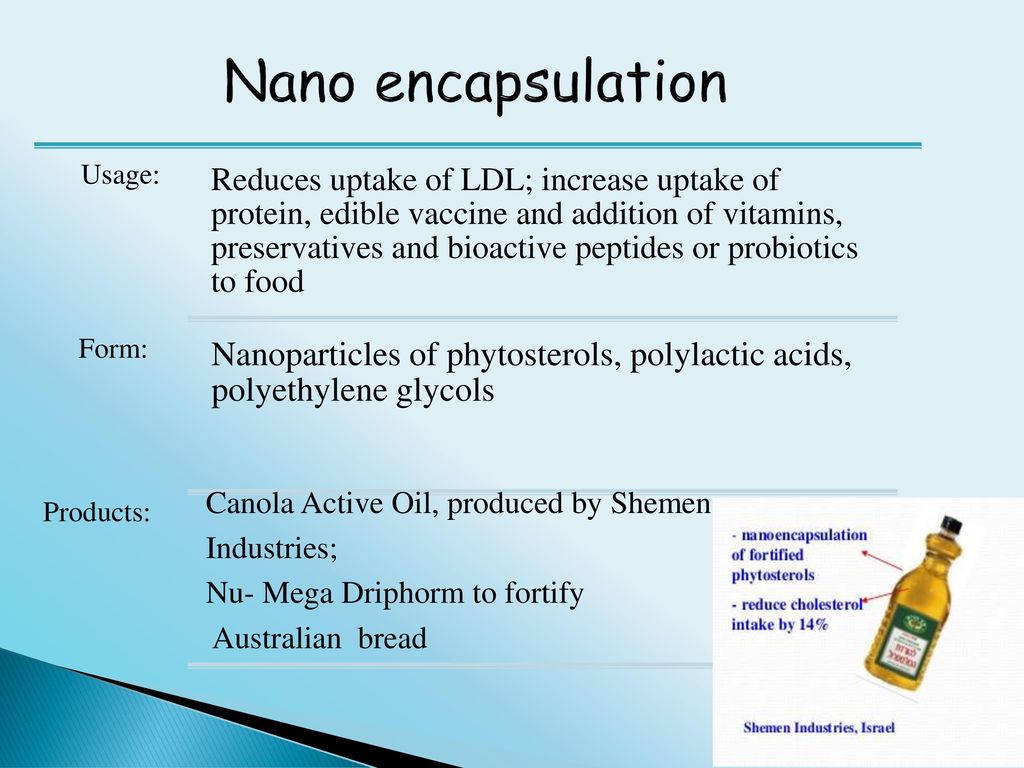
Applications Of Nanotechnology In Food Processing And Packaging Ppt Download

New Nano Encapsulation Technology Boosts Maternal And Foetal Dha Benefits Hk Research

Food Nano Encapsulation Market Recent Trends And Advance Outlook 27 Encapsys Llc Abco Laboratories Inc Firmenich Sa Aveka Inc focus

Nano Encapsulation As A Promising Approach For Targeted Delivery And Controlled Release Of Vitamins Sciencedirect
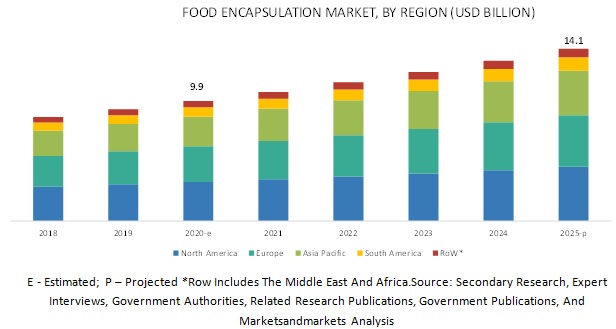
Food Encapsulation Market By Core Phase Technology Application Method Shell Material Marketsandmarkets
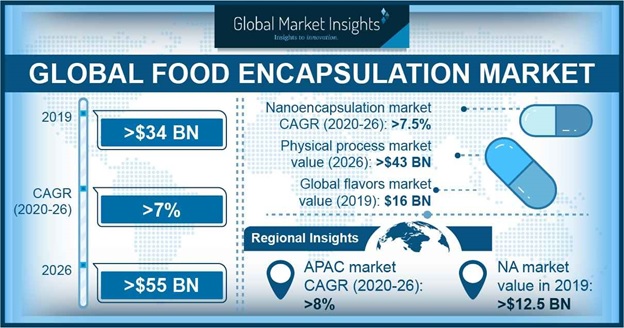
Food Encapsulation Market Trends 26 Global Report

Protein Based Delivery Systems For The Nanoencapsulation Of Food Ingredients Fathi 18 Comprehensive Reviews In Food Science And Food Safety Wiley Online Library
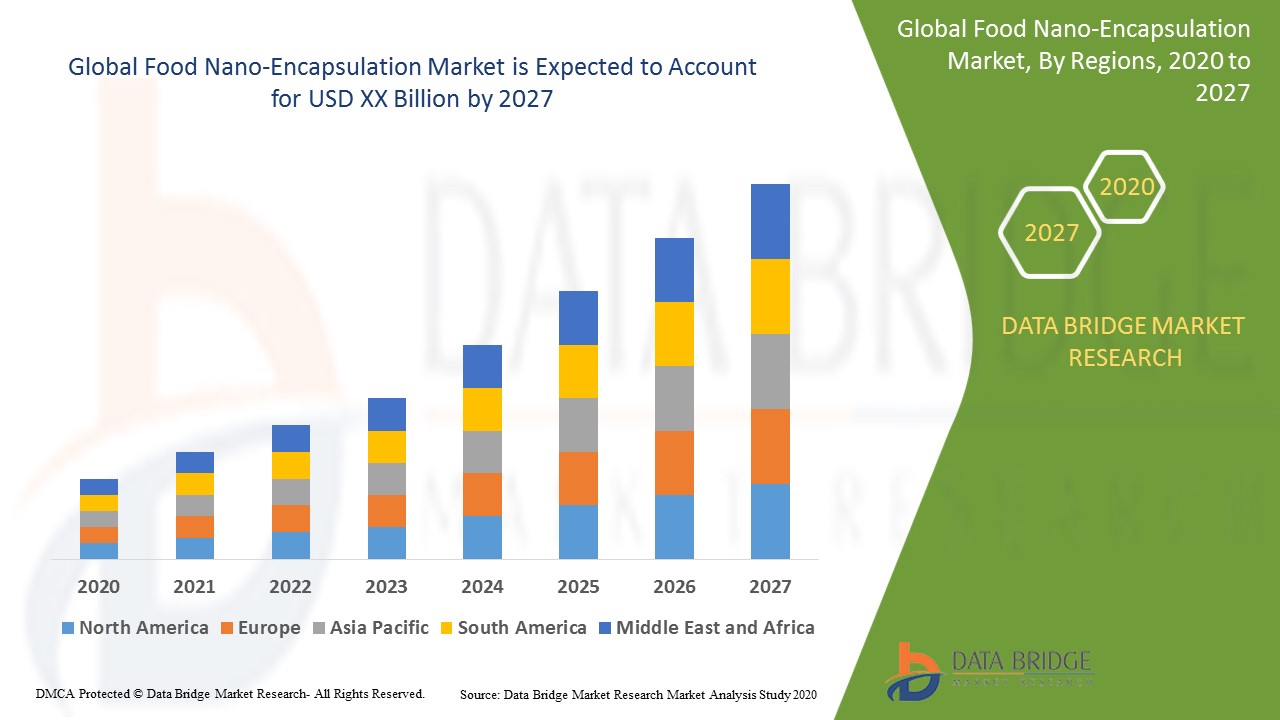
Food Nano Encapsulation Market Global Industry Trends And Forecast To 27 Data Bridge Market Research

Nanoemulsions In Foods Dolcerawiki

Nanoencapsulation Technologies For The Food And Nutraceutical Industries 1st Edition

Prof Dr Amra Bratovcic Micro And Nano Encapsulation In Food Industry By Prof Dr Amra Bratovcic T Co A0lvdpkauw

Nanoencapsulation Of Hydrophobic And Low Soluble Food Bioactive Compounds Within Different Nanocarriers Sciencedirect

Pectin Polymers As Wall Materials For The Nano Encapsulation Of Bioactive Compounds Sciencedirect
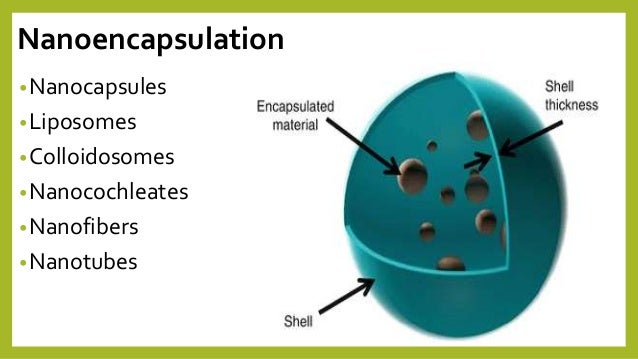
Nanotechnology In Food Processing And Food Packaging

Pdf Nanoencapsulation In The Food Industry Manufacture Applications And Characterization
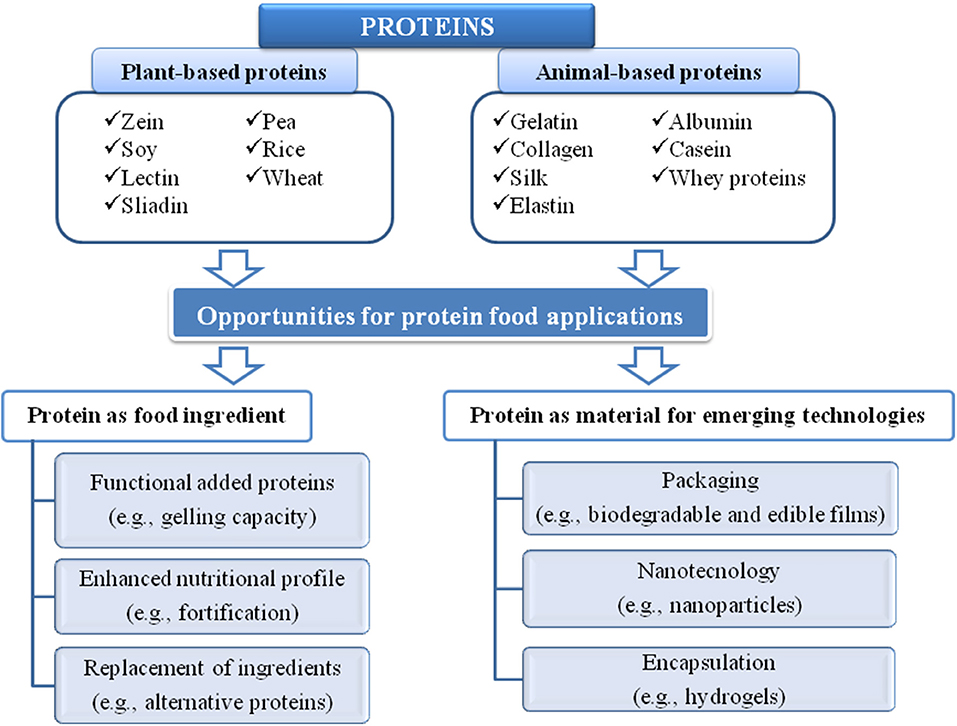
Frontiers Protein Based Structures For Food Applications From Macro To Nanoscale Sustainable Food Systems
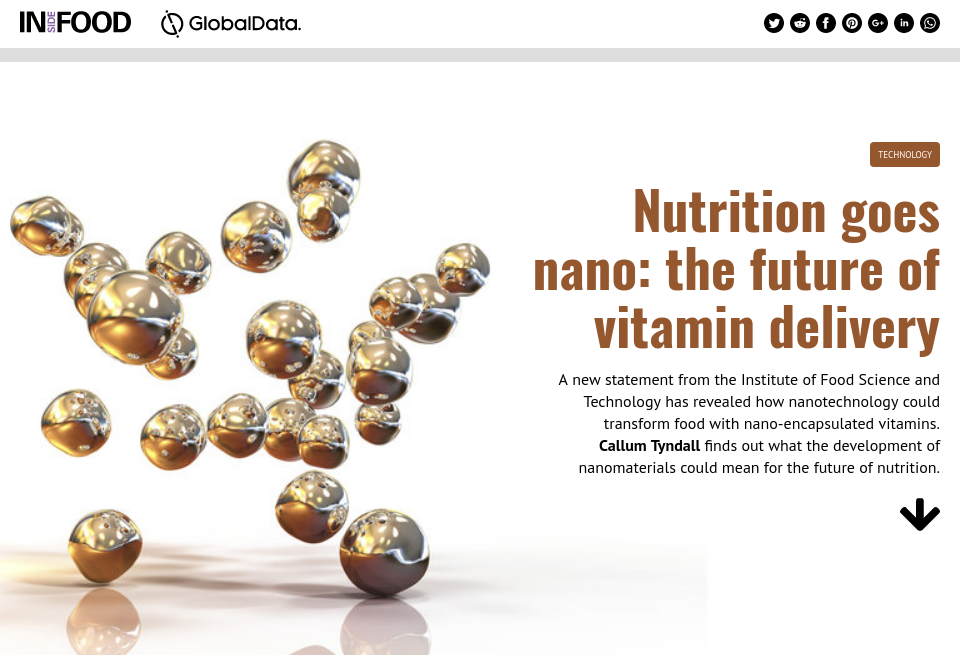
Nutrition Goes Nano The Future Of Vitamin Delivery Inside Food Issue 30 April 19

Representative Diagram To Show The Nano Encapsulation Of Active Food Download Scientific Diagram
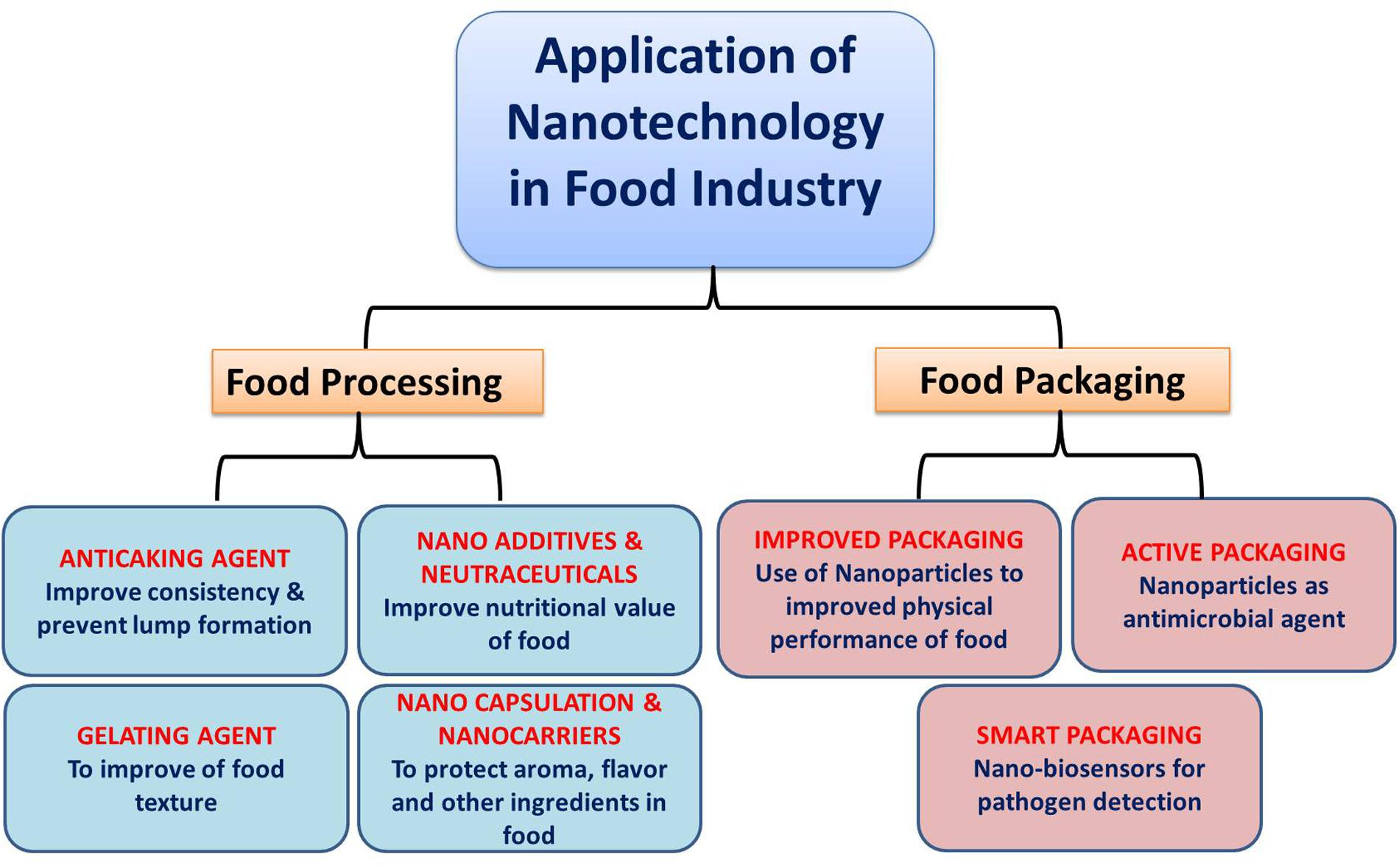
Frontiers Application Of Nanotechnology In Food Science Perception And Overview Microbiology
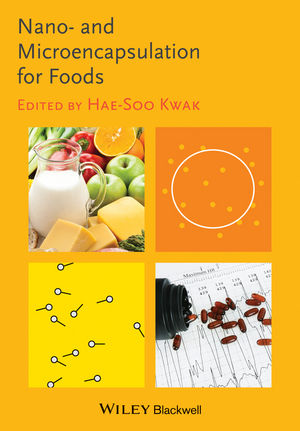
Nano And Microencapsulation For Foods Wiley

Nanoencapsulation Market Is To Be Driven By Rising Application Of Nanotechnology In Food Industry By Amy James Issuu

Nanotechnology And Food Safety
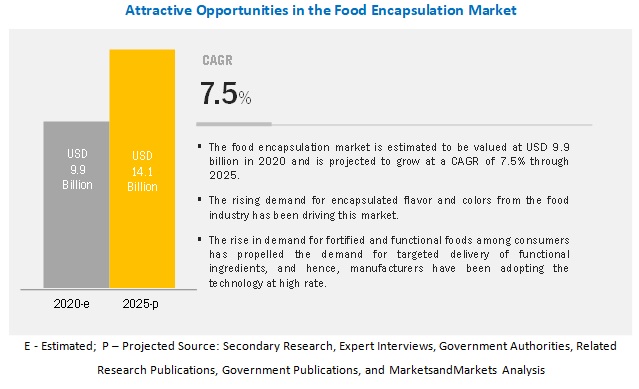
Food Encapsulation Market By Core Phase Technology Application Method Shell Material Marketsandmarkets

Recent Trend Of Nano Encapsulation In Food Bio Active Compound Youtube

Nanoencapsulation Techniques For Food Bioactive Components A Review Semantic Scholar

Nanoencapsulation Application Solutions
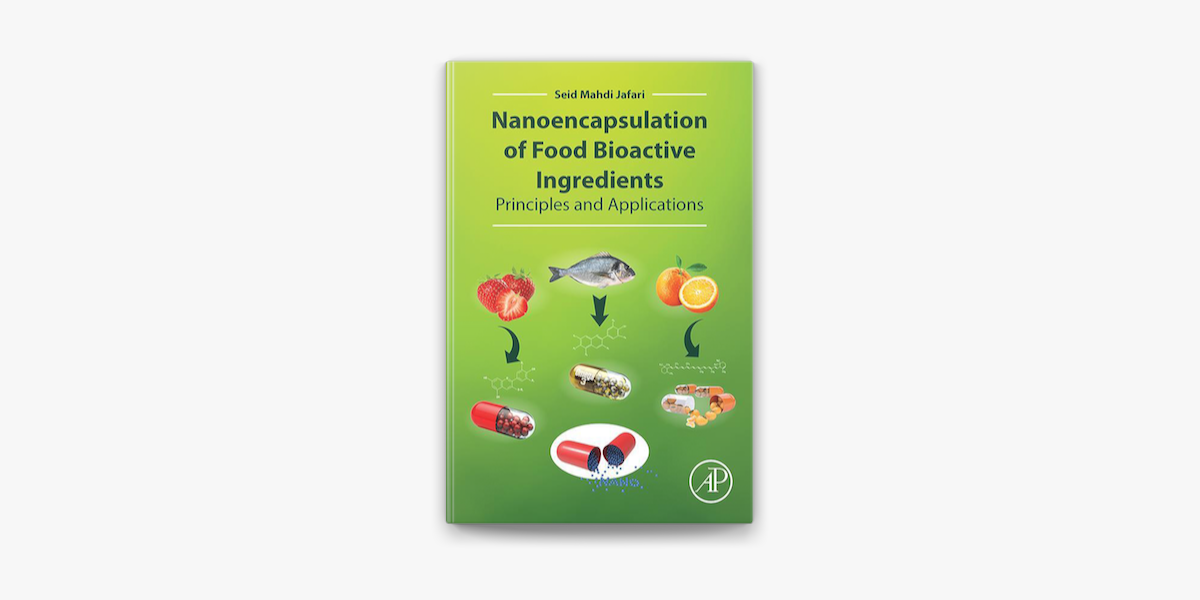
Nanoencapsulation Of Food Bioactive Ingredients Enhanced Edition On Apple Books

Release And Bioavailability Of Nanoencapsulated Food Ingredients Vol 5 Nanoencapsulation In The Food Industry
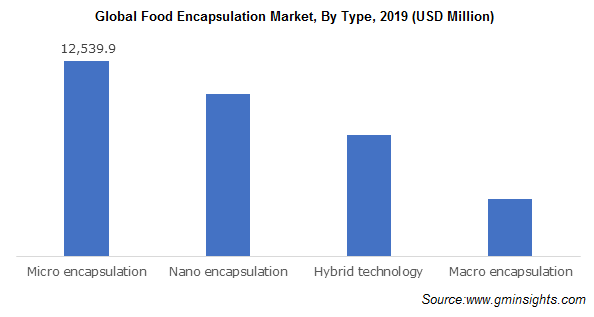
Food Encapsulation Market Trends 26 Global Report
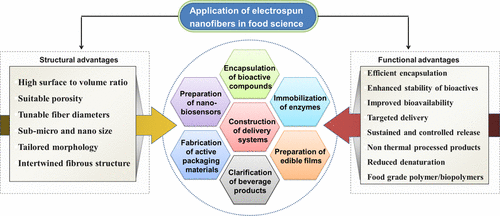
Encapsulation Of Bioactive Compound In Electrospun Fibers And Its Potential Application Journal Of Agricultural And Food Chemistry X Mol

Nucaps The Nucaps Technological Platform Allows New Solutions For Micro Nano Encapsulation Of Bioactive Compounds And Probiotics Based On The Use Of Food Proteins For Oral Administration Nucaps Nanotechnology Makes The

Pdf Nanoencapsulation In The Food Industry Manufacture Applications And Characterization
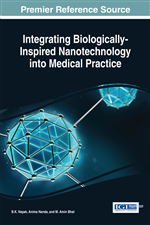
Nanoencapsulation Of Food Ingredients Medicine Healthcare Book Chapter Igi Global
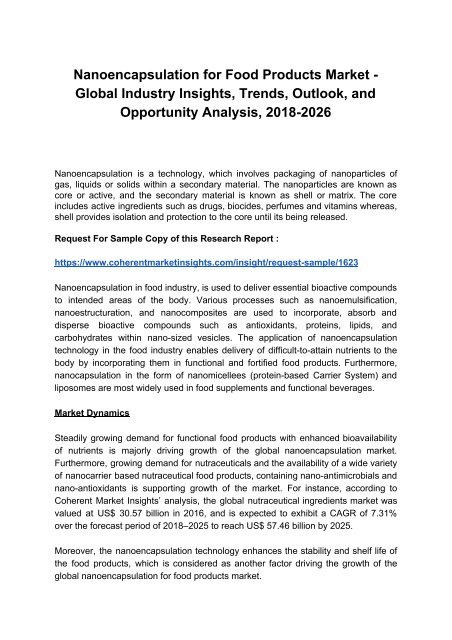
Nanoencapsulation For Food Products Market
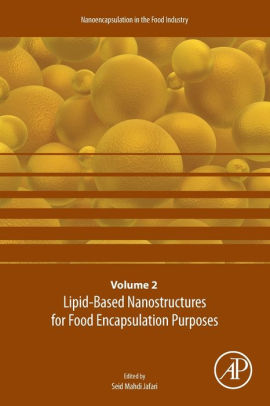
Lipid Based Nanostructures For Food Encapsulation Purposes Volume 2 In The Nanoencapsulation In The Food Industry Series By Elsevier Science Paperback Barnes Noble

Food Grade Nanoencapsulation Of Vitamins Springerlink

Nanoencapsulation In The Food Industry Technology Of The Future Sciencedirect




